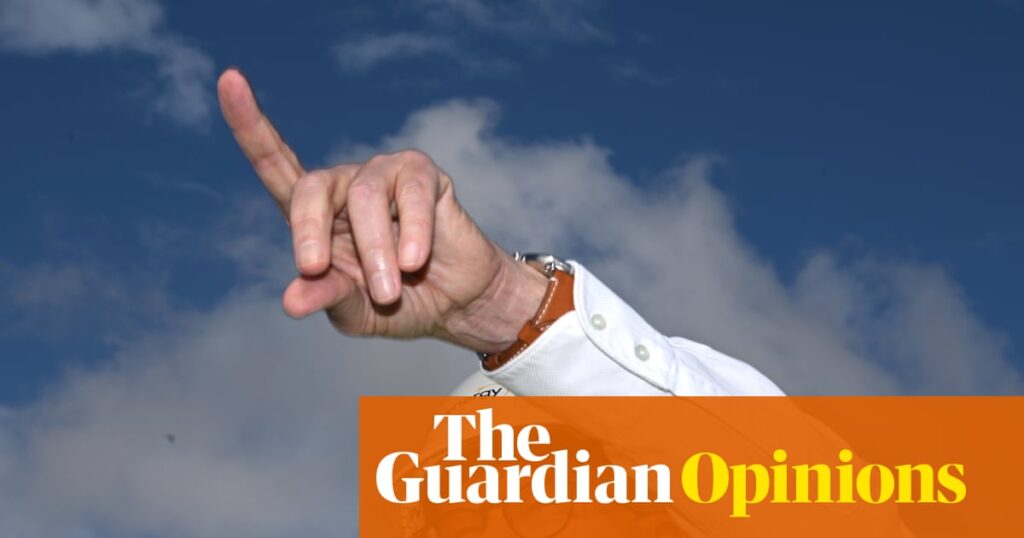
In 2021, the Australian Labor Party found itself in a defensive posture on climate policy. Faced with the challenge of presenting credible environmental policies for the 2022 election, Labor needed to navigate the political landscape carefully after nearly a decade of minimal action from the Coalition government. The party also aimed to avoid falling prey to climate scare campaigns from its opponents, including the Morrison government, industry lobby groups, and notably, News Corp.
Labor had previously been targeted with exaggerated claims, such as the infamous predictions that a lamb roast would exceed $100 and that Whyalla would vanish. In 2019, baseless attacks suggested Labor’s policies would incur a $60 billion economic cost and disrupt weekend leisure activities. To counteract these narratives, Labor adopted a cautious approach, akin to a three-banded armadillo ready to curl into a protective ball.
Labor’s Strategic Climate Policies
In policy terms, Labor offered two firm commitments: a $20 billion off-budget fund to “rewire the nation” for renewable energy and a revamped Coalition policy to reduce industrial pollution. These strategies were supported by reports indicating that electricity prices and emissions would be lower under Labor than the Coalition. While these policies did not secure an outright election victory, they helped Labor avoid defeat, with the campaign spotlighting Scott Morrison’s failures, including on climate change.
Upon assuming power, Climate Change Minister Chris Bowen and Treasurer Jim Chalmers introduced additional policies to support clean energy and cleaner vehicles, alongside tax credits for new green industries. Despite the initial promise, global events such as Russia’s invasion of Ukraine led to soaring fossil fuel prices and increased household electricity bills in Australia, complicating governance amid rising inflation.
Political Shifts and Climate Policy
As 2023 unfolded, Labor faced a potential historic first-term loss, with public and private polling indicating vulnerability. The party once again adopted a defensive climate stance, releasing a solitary battery subsidy scheme. However, global dynamics shifted, with Donald Trump’s return to the White House and interest rate adjustments. The Liberal Party, under Peter Dutton, faltered with a poorly received nuclear energy plan, leading to a landslide victory for Anthony Albanese.
Three months into this new political landscape, the power dynamics have transformed. Labor, once cautious, now takes an aggressive stance, mocking the Coalition’s internal struggles over climate policy. The opposition’s climate debate appears largely performative, with plans to increase emissions by dismantling Labor’s policies and offering no alternatives for the next decade.
Public Opinion and Climate Action
Meanwhile, parties advocating for significant emissions reductions, including Labor, “teal” independents, and the Greens, hold a clear majority of the primary vote. This suggests a public openness to more assertive climate action, provided the benefits for the country and its people are convincingly articulated. With major decisions looming, such as Australia’s emissions reduction target for 2035, Labor backbenchers are pushing for ambitious goals.
The Role of Media and Public Perception
Despite shifts in public opinion, media narratives continue to play a significant role. News Corp’s flagship, The Australian, has dedicated substantial coverage to what critics describe as a campaign against climate action. This approach often exaggerates the costs and challenges of renewable energy while downplaying the consequences of inaction and the global consensus on climate science.
“The implicit message is that cutting greenhouse gas emissions is a weird, leftwing pursuit, rather than a serious and inevitable challenge that needs to be addressed.”
Privately, government members criticize News Corp’s climate coverage but acknowledge its waning influence. However, entrenched media habits and Australia’s limited media market pose challenges. For Albanese and his cabinet, a critical decision looms: whether to ignore the one-sided media framing and focus on broader public sentiment.
Looking Ahead: Ambitious Targets and Economic Opportunities
The government is poised to receive crucial advice from the Climate Change Authority on the 2035 target, likely recommending a 65% to 75% reduction below 2005 levels. Given the electorate’s stance and economic prospects, there is a compelling case for setting an ambitious target and striving to achieve it. Some emissions reductions, such as improved energy efficiency and reducing methane leaks, are cost-effective and ready for implementation.
However, more challenging measures require acknowledging the significant emissions from expanding coal and gas industries and fostering new green industries in hydrogen and steel. An ambitious climate goal demands effort but could yield substantial benefits, potentially rewarding the government with public support.
As Australia navigates this pivotal moment, the question remains: will Labor seize the opportunity to lead decisively on climate, shedding its defensive past for a more assertive future?







